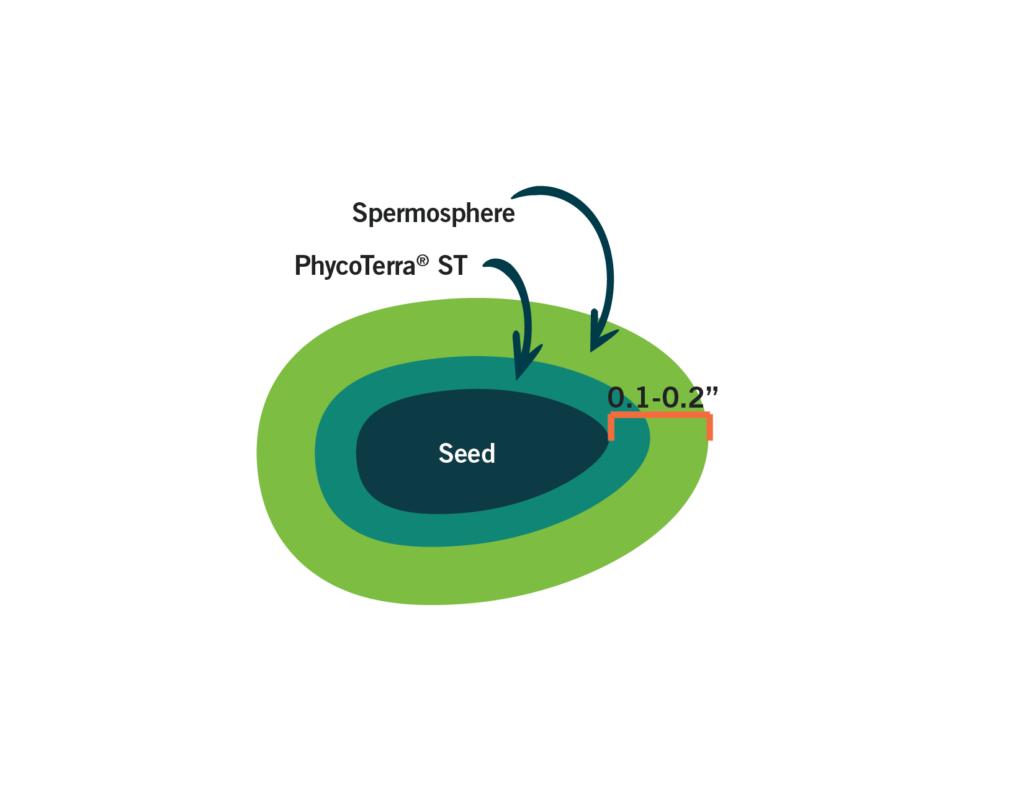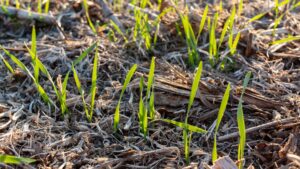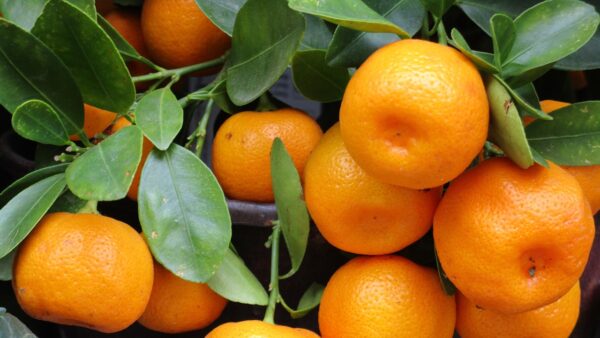Year round, farmers make decisions that impact the success or failure of their farm. Tillage, fertilizer applications, seed treatments, soil tests, and cover crops (to name a few) all impact yields. Yet, there’s often one neglected timeframe which can make or break your yields – when seeds have a spermosphere (a short-lived region around the seed that is only present once the seed is planted until the seed germinates).
You’ll have no hope of supporting your crops if seeds do not germinate. Their germination and emergence depend on the health and activity of the microbes in the spermosphere. Here’s how you can give your crop a head start at planting.
What is the spermosphere?
The spermosphere is the 2- to 12-mm area around the seed, with elevated seed and soil microbe interactions.
Much like eating breakfast, the activation of the spermosphere is a short window (around 6 hours to a few days) that can greatly impact your crop’s overall success. If you don’t eat breakfast, you’ll likely find yourself hungry for the rest of the day, moving at a slower pace, and less productive. If the spermosphere has little microbial activity or a poor habitat, it is likely your seeds won’t make it to emergence.
There’s less research on the spermosphere compared to other plant-microbial spheres, like the rhizosphere (the region around the plant root zone), due to its short time frame of existence, small size, and complex interactions. Yet, research supports that the spermosphere has a significant impact on seed germination and yield potential.
Seed vulnerability during germination and post-germination
The three phases of germination take place in as little as six hours to a few days. While this is a small window of time, it’s imperative growers do everything they can to support germinating seeds. Especially when seeds have a poor germination, like cotton or winter wheat seeds.
Seeds are also up against notable threats during germination and post-germination. Germinating seeds must survive drought, granivores and fungal and bacterial seed-borne pathogens.
Post-germination seeds must survive pathogenic fungi and bacteria, herbivores, limited resources, and a habitat that may have limited resources such as nutrients or moisture.
If beneficial soil microbes are inactive or starving, like 75% of soil microbes in farm soils are, they can’t support themselves – much less a newly emerged seed.
Improve plant vigor and germination by supercharging the spermosphere
The outcome of the seed and soil interaction can affect the seed’s survival rate. If you want to support your seeds’ germination, invest in supercharging your spermosphere. The best way to support the spermosphere is to feed the beneficial microbes around the seed and in nearby soil.
Look for a carbon-rich food, to wake up and put beneficial microbes to work. Products like PhycoTerra® STincrease stand establishment, vigor, root-structure development and in the long-term, yield potential.
Seed treatments traditionally include fungicides and pesticides. Supporting the microbes around the seed and in the soil in seed treatments isn’t as widely adopted as it should be. Especially considering this is the first “real world” point of contact for the seed. By making it a good one you can promote a healthy microbiome to increase stand, promote a more even emergence and better plant vigor.
As your seed grows, an active microbiome can reduce abiotic stress, improve soil texture and structure, and prevent soil-borne illnesses.
If you’re ready to supercharge your spermosphere, look for an easy to apply microalgal food to complement your current seed treatment plan. It should be compatible with inoculants, herbicides, pesticides, fungicides, nematides, and other seed treatment blends.
Most importantly, it should support beneficial microbes to make the most of the seed’s first few days after planting.









